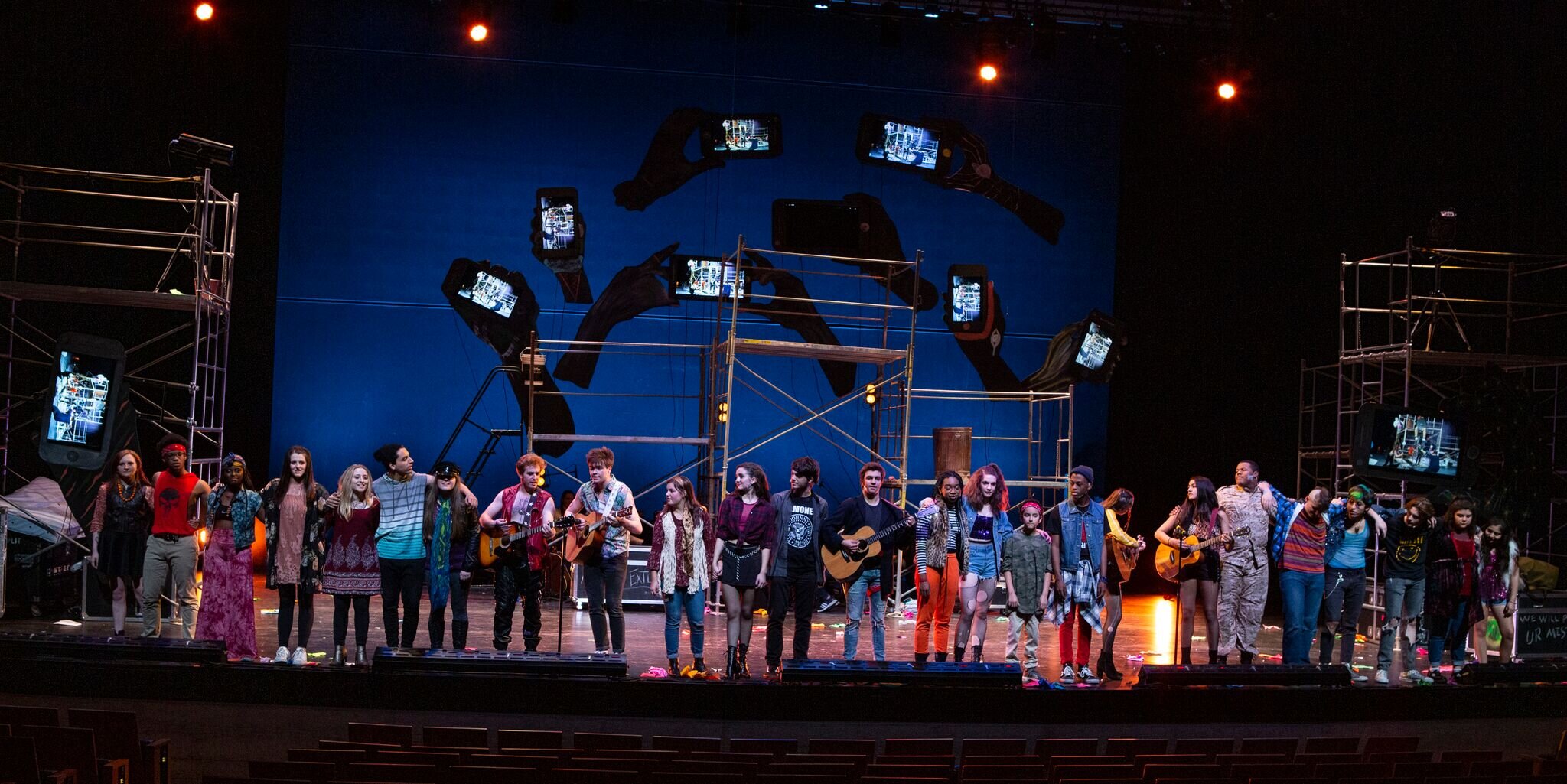Published August 2, 2021 at 4:25pm.
Leading up to North Texas Giving Day, Dallas Doing Good is checking in with some of our favorite nonprofit pros and asking for their help to make the most of our Texas-sized giving event. Today we hear from SparkFarm, a team that has worked hand in hand with Communities Foundation of Texas to make NTxGD a success, connecting with media outlets to share great stories.
For more than a decade, SparkFarm has provided integrated PR, influencer marketing, social media, community relations, and marketing strategy for Communities Foundation of Texas’ North Texas Giving Day. Over those years, we’ve helped conceive PR stories, stunts, and events like student flash mobs, nonprofit concerts, and performance showcases, as well as incorporating celebrity and sports team tie-ins, all of which have helped transform North Texas Giving Day in 13 years from a $4 million to a $58 million fundraiser benefiting 3,000+ nonprofits. This is such rewarding work for us and we feel honored to connect with so many of the nonprofits doing tremendous work in our community along the way.
Besides the awe-inspiring amount of money the day raises and puts back into the community, the event also elevates nonprofits of all sizes through the voluminous media, social media, and marketing attention given to North Texas Giving Day.
So how can you and your nonprofit make the most of the day? From our team’s PR playbook with North Texas Giving Day and other clients, here are SparkFarm’s top 5 tips for working well with media:
1. Be a storyteller.
Journalists tell stories that have a beginning, middle and end, so help you and them by framing your story that way, too. Compelling, timely stories with a hero and villain work best. And villains aren’t always people – they can be a situation, like a pandemic. Define the problem and show indisputable proof of how you solved it. Explain why your story matters now to the audience your journalist reaches. To strip out the superfluous, try writing out your story in 100 words, then trimming it by half. Then, trim again by another half.
2. Compile and offer journalists multi-media assets that bring your story to life and give it depth.
This is includes meaningful, colorful stats, facts, and infographics; high- and low-res photos that are captioned with names and photographer credits; opportunities to grab captivating or interesting audio (for radio) and visuals (for TV, print, and online media); relevant spokespeople trained and prepped for media interviews; and press resources including fact sheets, bios, backgrounders, quotes, and press releases. When possible, we prefer offering professional photography and videography, but sometimes amateur video (SHOT HORIZONTALLY!) works for media, too.

Behind the scenes in the 2019 NTxGD war room. SparkFarm invited TV cameras to capture the action as dawn broke and the day kicked off, monitoring website performance and sharing stats on a big screen. (Photo credit Carrie Dyer/SparkFarm.)
3. Yes to straight-talk and punch, NO to jargon.
Jargon leads to misunderstanding in the best case. In the worst case, the spokesperson comes off as a fake or like they’re hiding something. Clarity gets attention and is remembered. Tip: Read what you wrote to a young child and if they don’t know what your sentence means, look for synonyms that make your messages clear. Some real-life examples that illustrate our point:
Messaging Sins
Beta, Solutionize, Passionpreneur
Win, Bright, Brave
Our goal is to reduce carbon emissions
![24_556 [Converted].png](https://images.squarespace-cdn.com/content/v1/58478915b3db2bd5fdfebe39/1627940407146-0I4LGG7XFBLSTS9SPKOA/24_556+%5BConverted%5D.png)
Messaging Wins
Test, Fix, Entrepreneur
Dominate, Dazzling, Super-human
Our goal is to design 0% Carbon emitting buildings by the year 2030
4. Think in soundbites!
Be colorful, concise and quotable. Quippy quotes are less likely to be edited out of a story, and your audience is more likely to remember them.
5. Be responsive to press requests.
Like, NOW. Not tomorrow. News cycles are 24/7/365, which means when a reporter is on deadline and asks for your input on a story, respond immediately, even if it is to acknowledge the request and confirm their deadline (but then be sure to meet that deadline.) News waits for no one. If you don’t respond in a timely manner, media need to move on to another source to meet their deadline or will drop the story altogether.
More Giving Day Stories
Featured
The State Fair of Texas celebrates all things Texan. While most of us love a good corn dog and spending the day with Big Tex, most do not know about the mission-driven initiatives of The State Fair of Texas. The Big Tex Scholarship Program was established in 1992. Scholarships totaling more than 13.9 million have been awarded to 2,700 students. Proceeds also help preserve and improve Fair Park’s museums and community initiatives.
Hispanic Heritage Month begins in mid-September, and what better way to celebrate than to give to a Latinx-led organization? North Texas Giving Day, an online giving event for nonprofits, happens to fall during Hispanic Heritage Month so we have gathered our favorite Latinx-led nonprofit’s giving pages. Leaders like Olga Martinez of Bachman Lake Together, and Florencia Velasco of the Concilio, represent communities they serve and contribute to building a more equitable Dallas. Our city is now majority Hispanic but we still have room to grow as we support Latinx led nonprofits. Check out the list below to learn more and give.
Dionne Kirby experienced the realities of racism on her first day of Kindergarten. The place where she was expected to learn, not only academically, but also socially, was immediately tinged with exclusion, starting with a conflict in the cafeteria line. But decades later, Dionne is leading the effort to create a safe place for conversations around race, with a meal at the very center.
For our feature on Dallas nonprofit #TeenWritersProject, it seemed fitting that we hear directly from one of the teen writers involved! Kendall begins this story, and delmetria (lowercase intended), her mentor, and Founding Director of #TeenWritersProject follows with her own perspective on helping teens find their voice, find their platform, and find their purpose.
Early Giving for the 13th annual North Texas Giving Day kicks off this week, so we reached out to Sheri Mathis, Founder and President of Mammogram Poster Girls to talk about what her organization is doing to create a successful Giving Day campaign and how other Dallas-area nonprofits can meet their Giving Day Goals.
Founded in 2017, the Mammogram Poster Girls’ “Pink” fundraisers have raised over $425,000 to date—and all proceeds raised fund early detection initiatives, and mammograms for those in need. Proceeds raised to date have helped more than 700 women (and men) afford breast screening mammograms, diagnostic mammograms, ultrasounds, and biopsy procedures at the Breast Health Center at Methodist Charlton.





